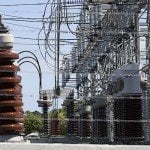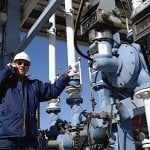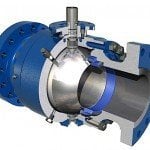Years of delays and redesigns have finally come to an end with the launch of SpaceX’s Falcon Heavy this week. The company, which was founded in 2002, seeks to revolutionize space technology and colonize other planets. To accomplish this, SpaceX designs, manufactures, and launches advanced rockets and spacecraft.
[To watch a live stream of the launch set for today at 3:05ET, see the bottom of this feature.]
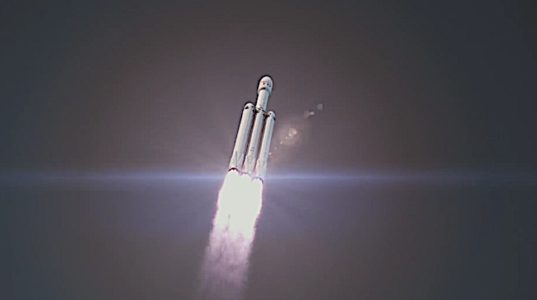
Along the way, the company has gained worldwide attention due to its historic milestones. Among these is the accomplishment of becoming the only private company to return a spacecraft from low-Earth orbit, a feat accomplished in 2010. Another milestone was hit in 2012 when SpaceX’s Dragon spacecraft delivered cargo to and from the International Space Station, something that had previously only been done by government agencies. Dragon has since made multiple trips, supplying cargo for NASA missions.
SpaceX has 20-plus flights planned under the Commercial Resupply Services contract. SpaceX has secured over $12 billion in contracts, totaling over 100 missions, which include commercial satellite launches and various other NASA and US Government missions.
Prelaunch animation of what the launch could look like (for live feed of the actual launch (hopefully at 3:05ET today) see bottom of feature.:
Falcon 9
Falcon 9 is a two-stage rocket that was designed and manufactured for reliable and safe transport of satellites and the Dragon spacecraft into orbit. According to SpaceX’s website, “Falcon 9 is the first orbital class rocket capable of reflight,” a feature that SpaceX believes is the key breakthrough that will reduce the cost of access to space and enable people to live on other planets. Falcon 9 was the rocket that delivered Dragon into the correct orbit, allowing it to rendezvous with the International Space Station for delivery in 2012.
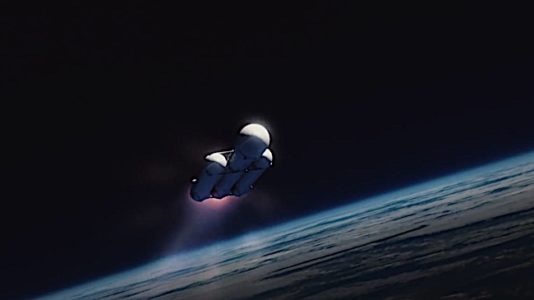
Falcon Heavy
Falcon Heavy is similar to the Falcon 9 but with two additional boosters attached to the sides, which triples the horsepower of the rocket at liftoff and enables heavy lift by rearranging the same pieces.
Elon Musk described this approach at a news conference in 2011. “Because of the commonality between Falcon 9 and Falcon Heavy, we’re able to spread the overhead across both vehicles,” he said. “It’s able to use the same tooling, be made in the same line, and I think therefore significantly improves the probability of being able to hold to our cost numbers on Falcon Heavy.”
An additional benefit of the rocket’s modular design is lower development costs. According to Phil Larson, former Senior Manager of communications and corporate projects at SpaceX, “It is essentially the first time the nation has gotten a super heavy lift vehicle at essentially zero cost to the taxpayer.”
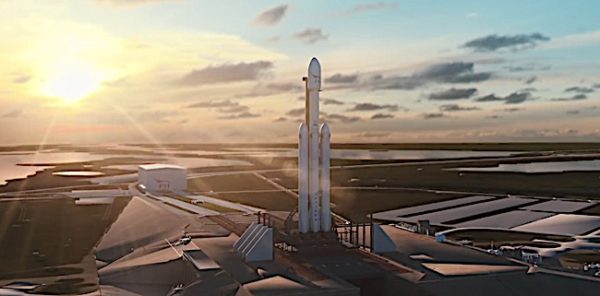
Musk stated in 2011 that he expected the Falcon Heavy to take its first flight in 2014. However, all did not go according to plan, as development proved more daunting than he had originally anticipated. “We were pretty naïve about that,” said Musk at a Washington, D.C. conference in July. “At first, it sounds really easy. Just stick two first stages on as strap-on boosters. How hard can that be? But then everything changes. All the loads change. Aerodynamics totally change. You’ve tripled the vibration and acoustics.”
The large number of engines also created a problem. Where the Falcon 9 booster had nine engines, each with 190,000 pounds of thrust, the Falcon Heavy contains a total of 27 engines with a total thrust exceeding 5 million pounds.
The Falcon Heavy is capable of delivering 63,800 kilograms of cargo to low-Earth orbit, nearly 26,700 kilograms to high-Earth orbit, 16,800 kilograms to Mars, or 3,500 kilograms to Pluto. For its inaugural flight, however, the Heavy will carry Musk’s Tesla Roadster.
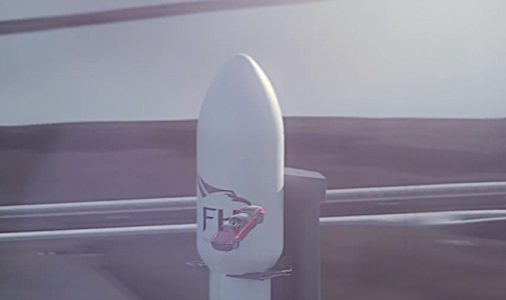
“When you’re talking about what would be the biggest and largest operational launch vehicle in the world, that adds another dimension of excitement,” said Larson.
In December, Musk announced the cargo in a tweet, saying, “Red car for a red planet.” Though newly developed rockets typically carry steel or concrete blocks in place of typical cargo, Musk felt that was boring. When asked why he would send the vehicle aboard the rocket, Musk responded, “I love the thought of a car drifting apparently endlessly through space and perhaps being discovered by an alien race millions of years in the future.”
Preparing for Launch
According to SpaceX, “When Falcon Heavy lifts off, it will be the most powerful operational rocket in the world by a factor of two.” The rocket is capable of lifting into orbit nearly 64 metric tonnes, a mass likened to a 734 loaded with passengers, crew, and luggage. The rocket can also lift more than double the payload of the Delta IV Heavy at one-third the cost.
Not everyone has shown optimism for the launch, however. Paulo Lozano, a professor of astronautics at MIT, stated that the Falcon Heavy presents challenges due to its design. Though every launch comes with a probability for something going wrong, Lozano states that the odds are stacked against the Heavy due to its large number of engines. “It will only take one of them to blow up and produce a bad outcome,” he said, adding that rockets such as this are incredibly difficult to test on the ground, so a test flight is the only way forward, which leaves the door wide open for potentially disastrous results.
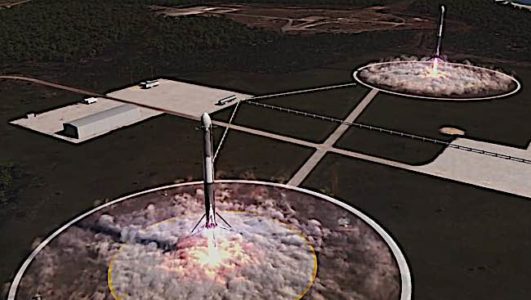
Even Musk has expressed doubts surrounding the launch, stating that there is a good chance that the rocket will not make it. The company ensured that no humans or expensive satellites will be in jeopardy should anything go wrong. However, an explosion too close to the launch pad would result in the pad being decimated. “I hope it makes it far enough away from the pad so that it does not cause pad damage,” said Musk. “I would consider even that a win, to be honest.”
If all goes according to plan, however, the rocket will lift off with each of its thrusters landing back on Earth. Once the capsule is in space, the Tesla Roadster will be released into the void, allowing it to eventually enter an elliptical orbit around the Sun.
Launch Day Live Stream
Launch day for the Falcon Heavy is finally upon us, and we await lift off with anticipation and high hopes. May it be successful and take us one step further into the future of aerospace.


